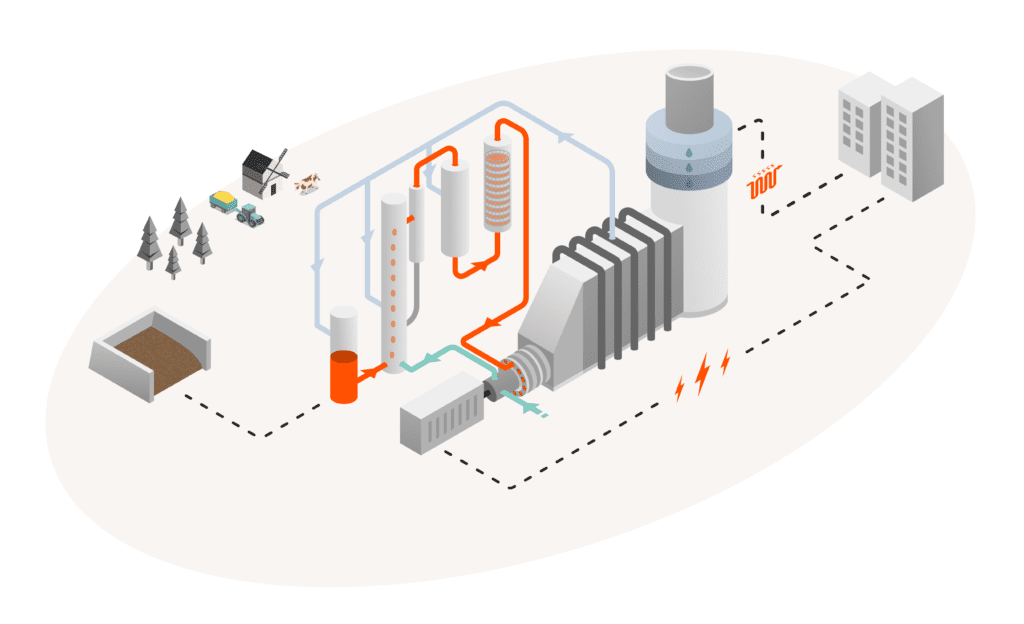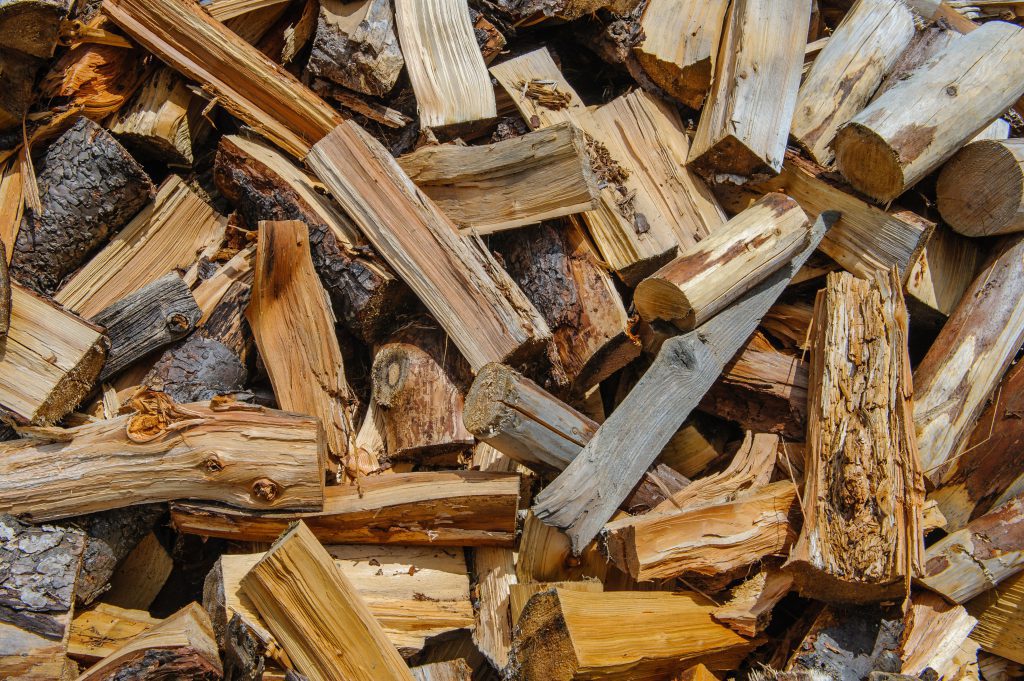Phoenix BioPower, based in Stockholm, Sweden, are reinventing the future of biomass-fired power generation through their Biomass-Fired Top Cycle (BTC) technology. BTC is a new technology for combined heat and power generation, making use of biomass residues, and being twice as efficient as usual steam cycle technologies. Find out more in our interview with Henrik Båge, Chief Executive Officer.
What is the background to Phoenix’s development of BTC?
In the transition from fossil to renewable energy, we are seeing a particular focus on solar and wind energy as the two most mature technologies. But these are intermittent, and we need plannable renewable power. Bioenergy has huge potential if efficiency can be improved and sustainable biomass value chains can be built, including the use of lower quality biomass.
The background of the technology is a novel gas turbine technology that includes a lot of steam being injected in the process. With the energy transition and an ever-increasing risk of climate change, the technology, which was fossil at the time, was complemented with the integration of biomass gasification. Through integrating the two, waste heat from the gasification is recycled in the gas turbine for power generation, representing an additional 5-7% in increased electrical efficiency.
What are the main advantages of BTC compared to other bioenergy technologies?
A traditional bioenergy plant creates electricity using the same principles as a steam engine – that means burning biomass to boil water, and then using the steam to drive a turbine. But this achieves an electrical efficiency of only around 20-35% at commercial plants. The BTC plant has a higher conversion ratio from biomass to electricity, nearly doubling the efficiency. For combined heat and power plants (CHP), often used for district heating, economic performance for a traditional plant is highly reliant on heat demand. So much so that if a plant does not get compensation for heat, it does not operate. But with BTC’s higher efficiency, this can be decoupled, meaning that electricity can be provided economically even outside of heating season.
In which markets does BTC have highest potential?
BTC will have highest potential in countries and regions which have fossil-fuel heavy energy systems, but with good access to biomass waste streams. In Europe, this would include Germany, Poland, and the Baltic States, but worldwide would include India, China, and Canada. The potential for BTC is also very high in Sweden and Finland, but both of these countries already have a low share of fossil fuels in their energy mix, for both power and district heating.
How can you ensure the sustainability of BTC energy generation?
For biomass use, we support the principle that biomass should be used for its highest-value and most-sustainable use. For BTC we can use waste streams from higher value industries, like forestry, pulp and paper and agriculture, where resources are already available – things like branches, tops, bark, corn straw, corn stover and bagasse, which cannot be used for many other applications. For example, from the Swedish forestry industry, we know that around a quarter of all biomass cannot be used for higher purposes, making it suitable for energy. We especially target the use of waste streams from sustainably managed forests and agriculture land. Chemically we are looking for fuels with as low an ash content as possible, as this improves the conversion efficiency.
What are the current barriers to uptake of the technology?

The main challenges to commercialisation of the technology relate to funding and the need for collaborative partners. We need greater collaboration with gas turbine manufacturers, pressure vessel suppliers, Engineering, Procurement and Construction (EPC) experts, control system suppliers, risk management experts, and private and public financial partners. We also need to engage end users, who are key as they prove the market relevance of the technology. This is why we are participating in the EUCANWin! project – to work with other bioenergy experts and further drive the technology development towards commercialisation, with the aim of making it available and commissioned on commercial terms before the end of the decade.
We are also conscious of EU regulations and the new Taxonomy regulation, which could create new barriers regarding biomass and its role in the energy transition. This related to both regulation on the use of biomass, driven by misconceptions on its overall sustainability, but also the inclusion of fossil fuels, such as natural gas, as being sustainable. We hope to demonstrate that bioenergy can be both efficient and sustainable and able to power a global renewable energy transition.
For more on BTC, see our feature, ‘The potential of biomass-fired top-cycle technology’.



